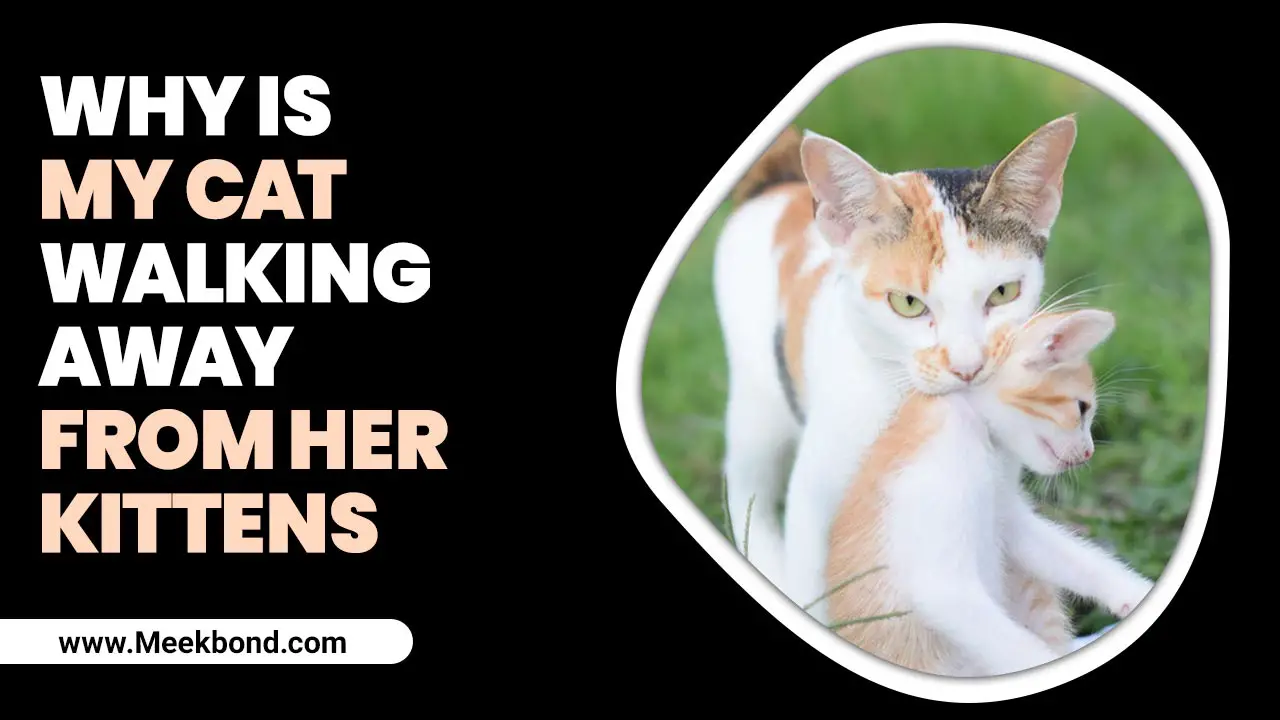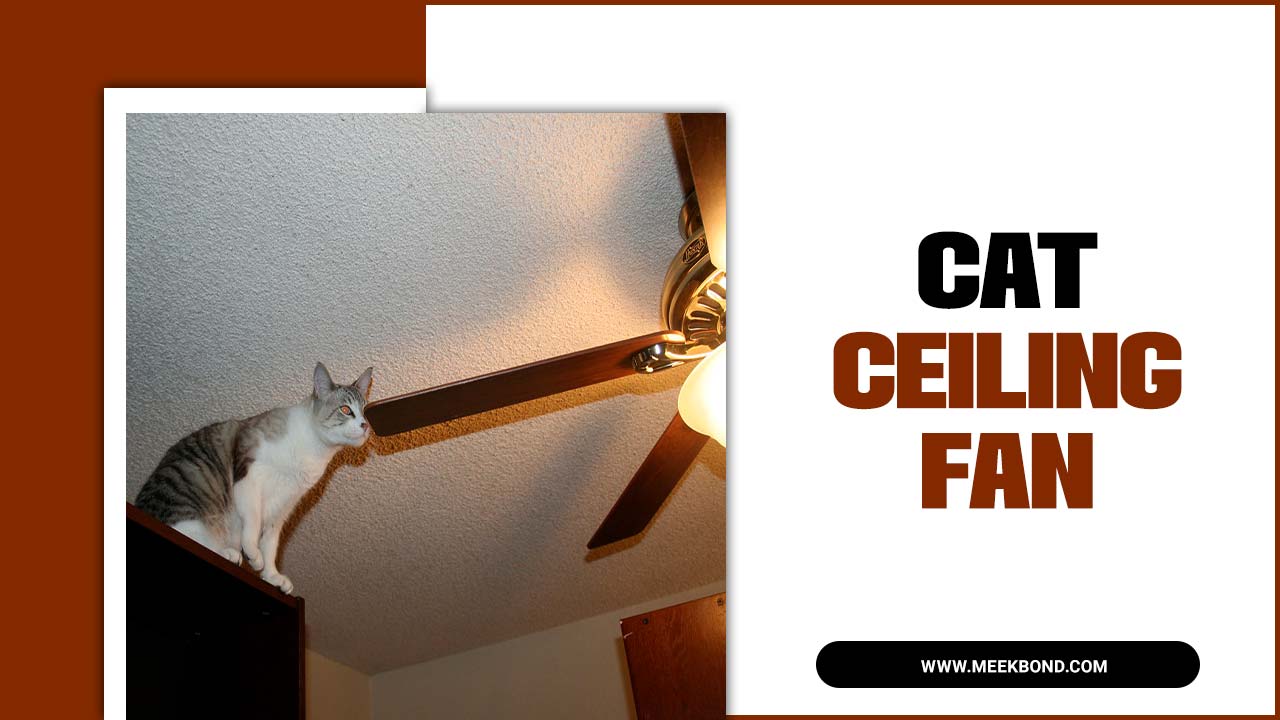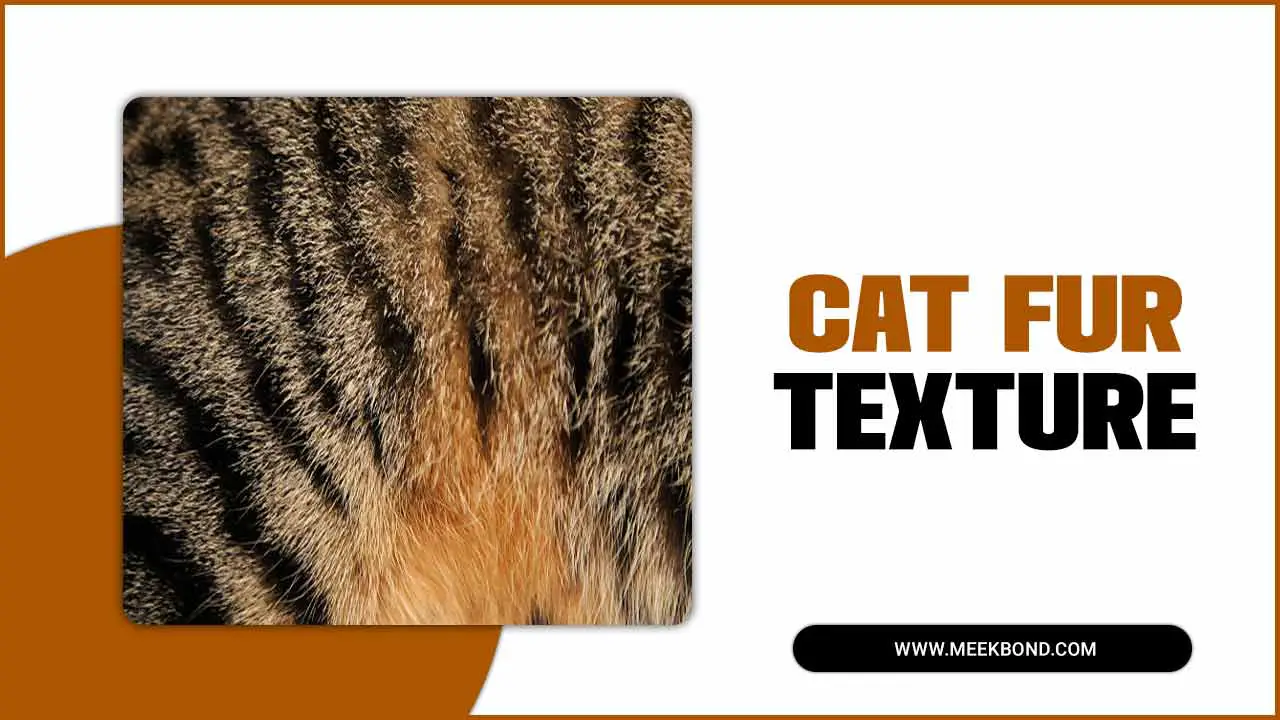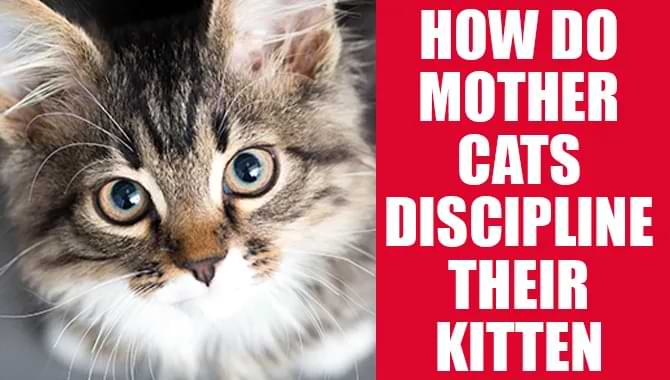For the longest time, humans believed that cats were mere mortal creatures. Cats appeared as man’s pets or enemies but not as predators or animal kingdom members.
However, scientists now know cats are independent like other felines, such as lions and tigers. They can hunt for food and defend themselves from predators such as dogs and foxes. Cats can be domesticated like dogs and help live more natural lifestyles.
Are you noticing that your cat’s fur is gradually turning yellow? If so, you’re not alone. Yellowing cat fur is a very common problem for many reasons. Here, we’ll discuss the different reasons your cats paws stained yellow and what you can do to make it stop. So read on for all the info you need to know about this troublesome issue.
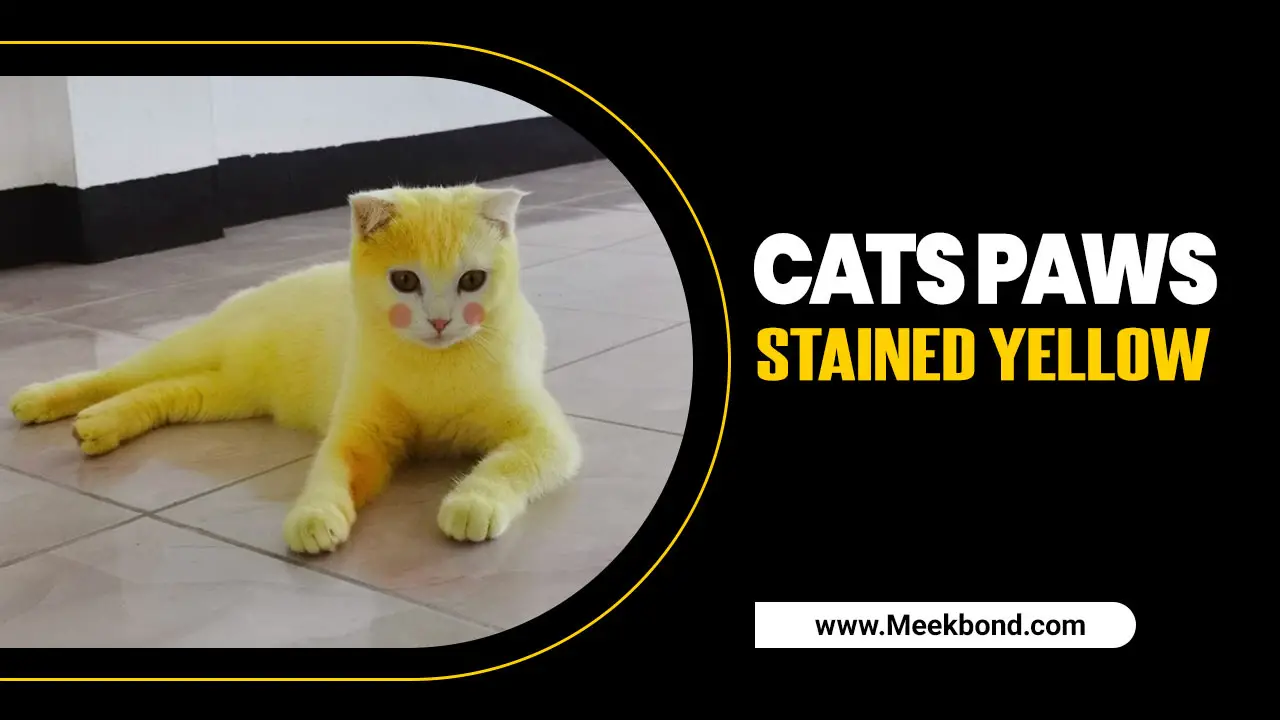
Nature Of Cat
Cats are very popular in the UK, USA, and other countries worldwide. Cats can live happily indoors or outdoors, depending on their temperaments. Inside cats tend to do well when they have many toys to play with while living inside a house because it allows them to use all their natural skills efficiently.
Indoor-only cats often get bored easily because there is nothing outside since doors are permanently locked. This prevents the cat from exiting so they can roam and search for rodents such as mice or other small animals at night.
Cats that live outdoors may enjoy grass, tree branches, and leaves and prefer living freely outside of homes. They care little about what’s going on inside a home because of their instincts to hunt down field prey by prowling around.
These areas are usually more interesting daily than anything that could pass within your house during the daytime. Cat breeds are helpful in keeping away mice and other vermin because of their hunting instincts, which allow these cats to become better species at catching food and stronger.
Different Types Of Cats
The first cat breed was created in Egypt around 1500 BC during the Ancient Egyptian period known as the Persian Period. Still, it wasn’t until the Victorian Age that cats, such as dukes and earls, became fashionable among the nobility and wealthy.
By the second half of the 20th century, royal families and athletes favored multi-breed cats or designer cat breeds. During this time, most people believe they can create their feline friends. Your house cat’s first-ever “daycare center” opened in Houston in 2004. Which serves as a one-stop shop located inside pet stores, which is very convenient, especially when taking care of several pets.
Reasons For Cats Paws Stained Yellow
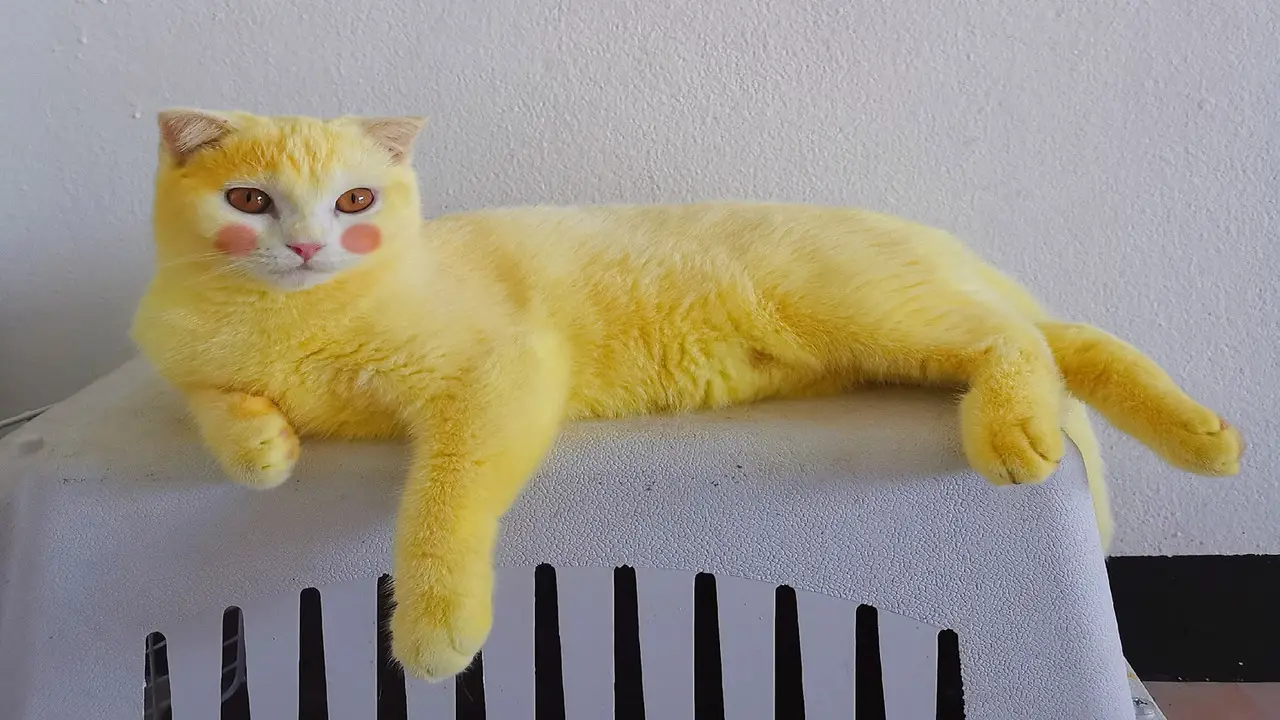
If you’ve noticed that your cats paws stained yellow, there could be a few reasons for this discoloration. Your cat may be walking on surfaces treated with a staining chemical, causing discoloration of its paws. Another possibility is that they are licking or grooming themselves excessively, which can cause saliva stains on their paws.
In some cases, yellow staining on a cat’s paws can also indicate an underlying health issue, such as liver disease or jaundice. It’s important to monitor your cat’s behavior and overall health to determine the cause of the staining and take any necessary action to address it. A visit to the veterinarian may be necessary if the discoloration persists or other symptoms are present. It happens because of various reasons. Such as:
1.Effects Of Food Color
Sometimes, cats’ paws get stained yellow because of food color. When cats eat egg-dye food (which is present in many fish foods. And pet foods, among other things) or chlorinated chicken deafening, they might get stains on their paws.
Even orange and red foods color their paws yellow. Fat from dog food named “Ear Protectant” and palm olein, among other things, causes this yellowish stain. Also, dogs love fatty foods, which might be why paw pads on a playful Pug become stained brown. That’s a clear reason about what ingredients cause that condition.
Even though once they clean off the sweat and dust, these paw injuries go away, cats enjoy applying such butter around their paws to keep them in good shape. Also, compounds like “Zinc Oxide” can cause yellowish stains when applied to a cat’s paws, making them smell bad all day.
2. Cat Litter

Feces and urine can stain a cat’s paw pads, making them yellowish. Even though many people swear by the merits of flushable or biodegradable litter, nothing more than raw nature brings these stains to their paws, which they remove from their paws during self-cleaning.
Consider switching to a natural or dye-free litter option to avoid this issue. You could also try using a litter mat outside the box to help catch any excess litter on your cat’s paws before they can track it around. The house if you are concerned about your cat’s paw staining. It may be worth consulting with your veterinarian to rule out any underlying health issues.
3. Cat Bites
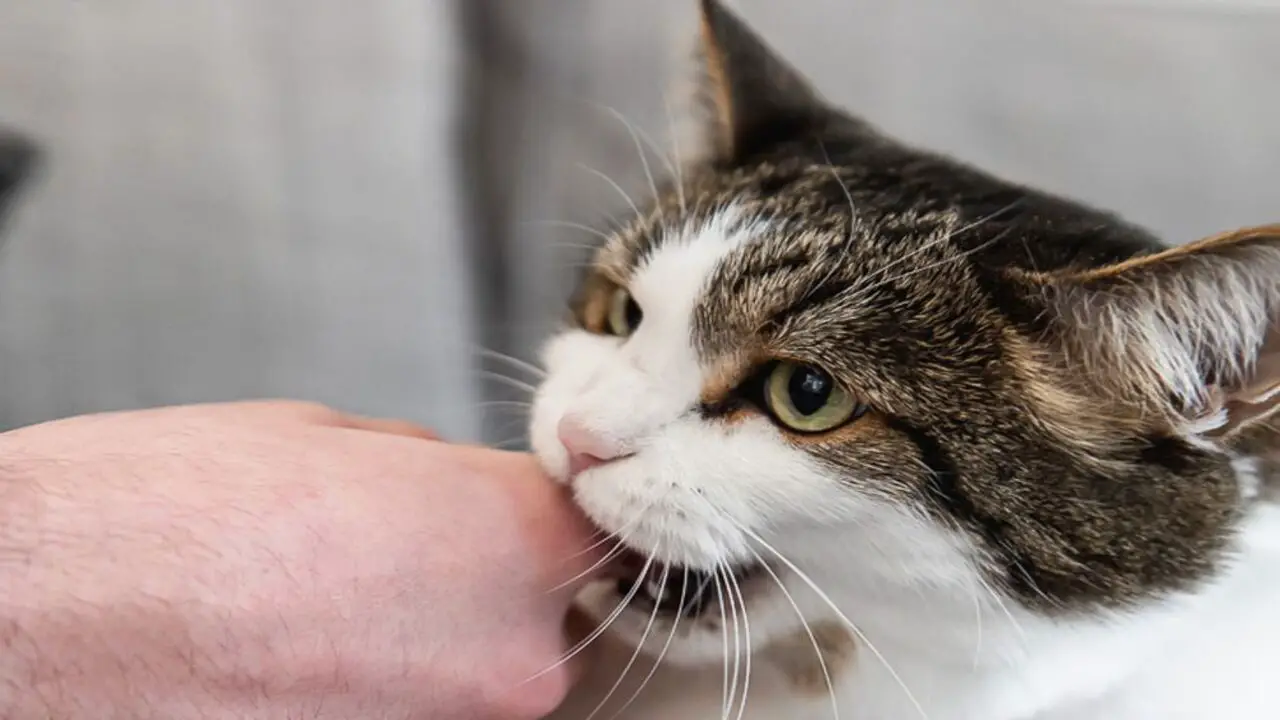
Cats might bite some body parts near them, especially around knees and ankles, because this area has high touch-sensitive nerves. They can bleed or get bloodstains staining their paws if you’ve noticed that your cat’s paws are stained yellow. It may be a sign of biting and licking their paws excessively. Several factors, including allergies, skin infections, or even stress, can cause this behavior.
Allergies to food, environmental irritants, or fleas can cause itching and discomfort, leading to excessive paw licking and biting. Skin infections such as yeast or bacterial infections can also irritate and lead to compulsive grooming behavior.
Additionally, cats may lick and bite their paws when feeling anxious or stressed if you notice that your cat’s paw staining persists or is accompanied by other symptoms such as hair loss or inflammation. Consulting with a veterinarian is recommended to determine the underlying cause and appropriate treatment.
4. Age
Something that many caretakers forget is the cat’s white paws. They grow rapidly to become extremely durable and stronger than the original fur. Yellowish, brown, or black paw pads might even be signs of aging along with other changes in color, like grey or lightning spots on them.
They are making it harder for your feline friend to feel safe walking downstairs one day after another because his patterned sweater can rub against these hard leg cushions during walks at night.
5. Health Problems
Some people might think that “Yellow cat paw pads” are a consequence of poor health like diabetes, high cholesterol levels, etc. At the same time, some take it for something else. Diseases or other problems in cats’ symptoms can also cause the yellow color.
One should check the stomach to see if it’s not filled with germs and blood abnormalities related to kidney failure and liver failure, among others, causing these stains on paws, which stain cats for life after it’s treated. Moreover, species of birds and cats look alike, so if your cat has a yellow paw, these might be the signs of strep throat in them.
6. Medication
Steroid drugs are actually among the worst things to use on a cat’s fur because they compromise both the liver and kidneys, which can explain the yellowish color. If you have noticed that your cat’s paws are stained yellow, medication could be the cause. Certain medications, such as antibiotics or antifungal treatments, can cause discoloration of the fur and skin. The medication causes a yellowish stain because the sweat glands on the paw pads excrete it.
If you suspect that medication may be causing your cat’s paw staining, it is important to speak with your veterinarian. They can help determine if any alternative treatments are available that may not cause discoloration or if the benefits of the medication outweigh the cosmetic concerns. In some cases, wiping your cat’s paws with a damp cloth after receiving their medication may help reduce staining.
Urine Stains
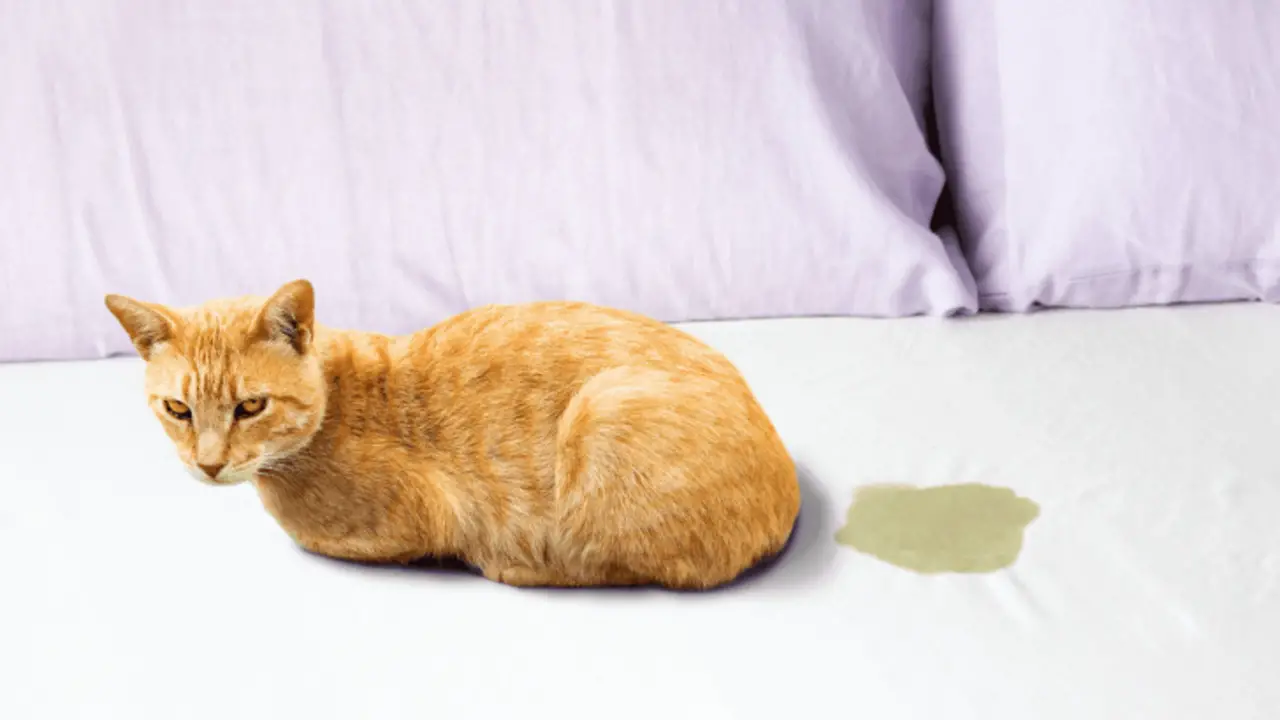
When your cat is ill and urinating everywhere, you can’t determine where the leak is. It would be best to check your kidneys as there could be a problem. If one of their problems progresses, we recommend treating them at an emergency room or vet without wasting time and taking care of the yellow dogs quickly.
Other Reasons Are:
- Some cats or dogs can suffer from Keratosis Pilaris, which means their warts do not look like those mentioned above, and this condition mostly affects minor areas such as knees, wrists, and elbows.
- Other times, due to nutritional deficiency and failure of hair follicles to grow, cats naturally do not have sweat glands, so they don’t keep their body warm.
- To avoid such problems, ask the vet if your cat needs supplements, including fish oil, blood clotting prevention, or biotin.
- Also, frequent grooming with conditioner ensures their hair doesn’t become tangled. This surely will prevent your cat from scratching off its fur.
Process Of Cleaning A Cat’s Yellow Fur
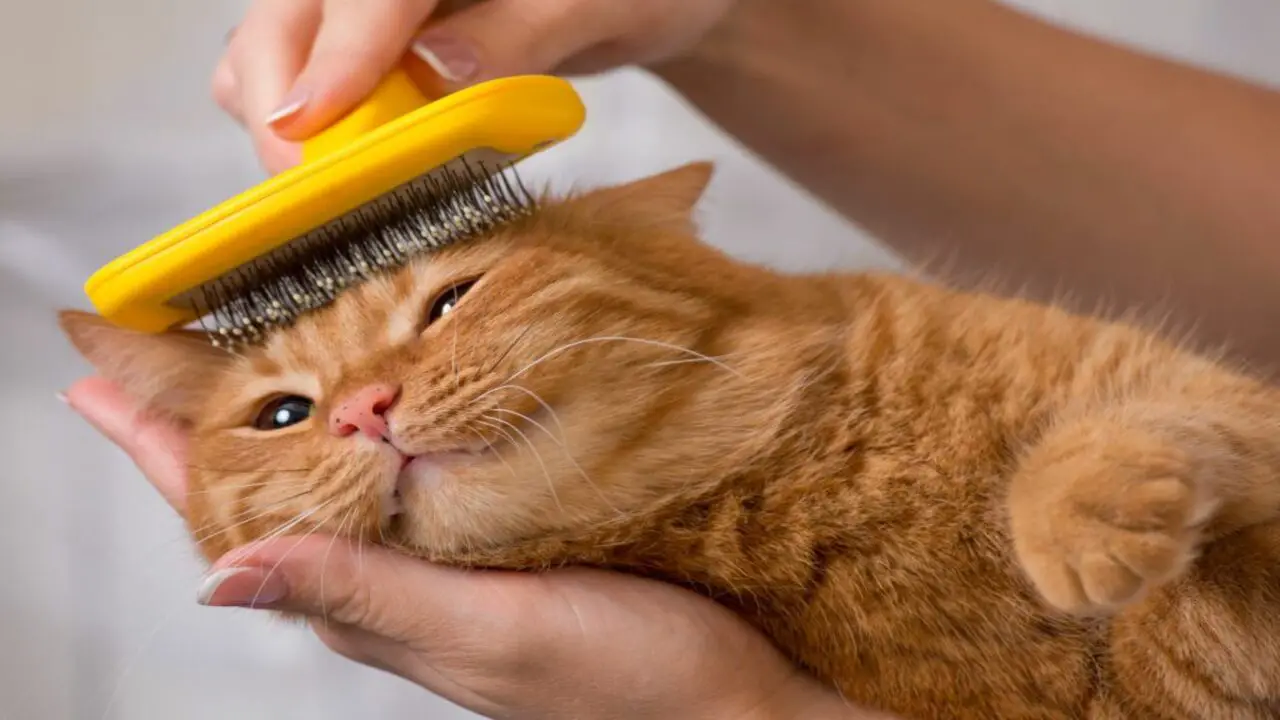
If you’re a cat owner, you may have noticed that your furry friend’s paws are stained yellow. Various factors, including walking on surfaces treated with chemicals or excessive grooming, can cause this. While it may not harm your cat, it can be unsightly and difficult to remove.
To clean your cat’s yellow fur, wash their paws with warm water and mild soap. You can gently scrub the affected areas with a pet-specific stain remover or a mixture of baking soda and water. It’s important to avoid using harsh chemicals or rubbing too hard, as this can irritate your cat’s skin. You can help your cat regain their pristine white paws with patience and persistence. Here are some steps to clean a cat’s yellow fur:
1. Bath
This is the easiest way to clean up yellow fur. Bring your cat into an enclosed room with no lights, which will act as a filter (this helps de-colour things over time), or put them in sunlight for about 1 hour while covering head to tail.
Some owners like to use mild soap and water solutions. Still, most experts also suggest against this method because it causes dry skin conditions, and most harmful bacteria can start growing underneath this soap film.
2. Shampoo
To clean your pet’s yellow fur, use a cat shampoo that doesn’t contain color-blocking ingredients. This will help the dye come out. Dogs and cats can get handy to regular shampoos if they only apply it daily during cleansing so you don’t have to dry hair too much, but we discourage using emergency baths; wet is not healthy for either dog or cat people, and both should be preferably bathed in diluted warm water.
3. Brushing
This method allows you to eliminate the yellow color in your pet’s fur. Applying too much brush will soak up excess coloring gel that can accumulate there—adjusting brushes to interact with the skin for several thorough minutes. Then remove fur using a wide-tooth comb or dog/cat nail trimmers, even if this takes longer than brushing.
4. Drain
Lean over the drain after you brush all the fur in the bathtub that is not yellow. This will wash all excess color out of your pet’s hair, so there won’t be any build-up to create a mess. Use a drain on your pet’s back side because you don’t want to put sensitive skin areas in contact with soap by following this draining process for cleaning your cat’s yellow fur. You can help keep them looking and feeling clean and healthy.
5. Drying
When you finish, dry your pet with the same towel for a few minutes. The same important thing here is using a clean towel because some customers have reported yellow fur after patting their dog with a wet cloth. Be careful to let the fur dry on natural dying or completely before putting your pet in an air-conditioned house.
Why Are My Cats Paws Turning Yellow?
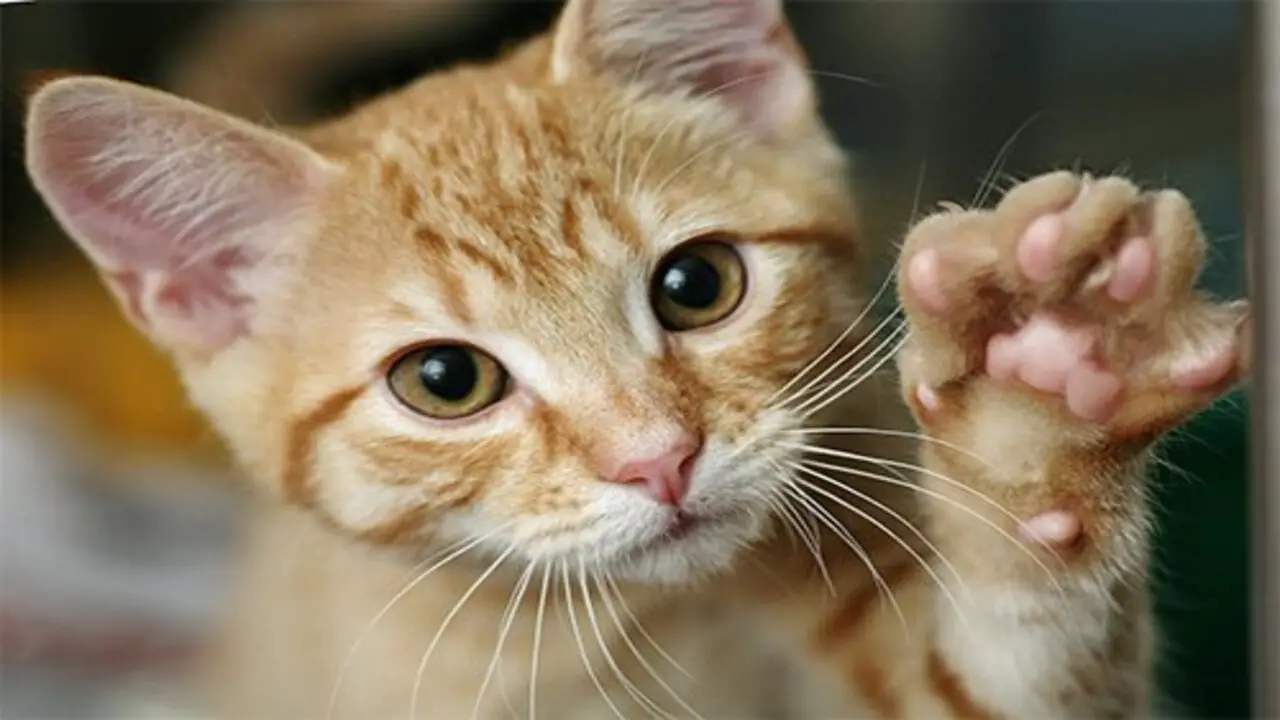
If you have noticed that your cat’s paws are turning yellow, there could be several reasons behind it. One of the most common causes is excessive grooming. Cats are famous for their cleanliness and spend significant time licking their paws to keep them clean.
However, this can lead to the accumulation of saliva on their paws, which can cause discoloration over time. Another potential cause of yellowing paws in cats is a fungal infection. Fungi thrive in warm and moist environments; your cat’s paws are the perfect breeding ground for them. If left untreated, the infection can spread to other body parts and cause more serious health problems.
Additionally, your cat’s diet could also contribute to the yellowing of their paws. If your cat consumes a diet high in carbohydrates, it could lead to an overgrowth of the yeast in their body, which can lead to yellowing of the paws.
It is also important to note that certain medications or chemicals can cause discoloration of the paws in cats, including some types of kitty litter. If your cat has been exposed to any new medication or chemical, it could be a potential cause of the yellowing.
Why Are My Cats Paws Discolored?
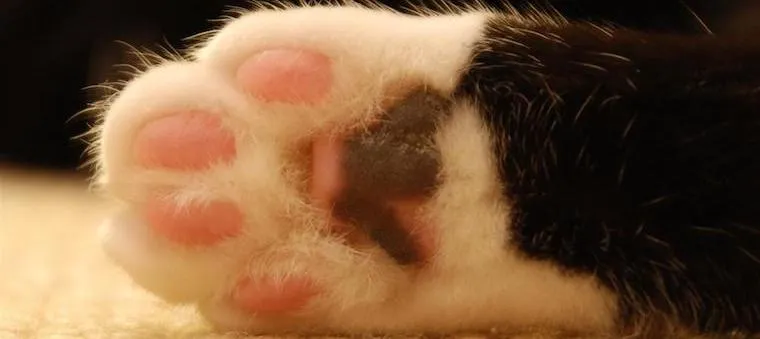
You should consider two reasons why your cat’s paws look discolored. One is just normal and lacks proper care, while another might indicate something drastic has happened to them, i.e., losing their claws or other parts. Since we can’t even find what’s wrong with these skin abnormalities, it’s only fair that we offer a few tips on how you could take care of them.
What Is The Yellow Stuff That Comes Out Of Cats?
If you have noticed that your cat’s paws are beginning to smell foul, refrain from touching it. Sure enough, the yellow-colored slick used to protect them may be replacing their appearance.
This indicates that the outside layer has been forming problems that should be attended to by a veterinarian as soon as possible. In addition to staining their fur, this behavior can indicate underlying health issues or behavioral problems.
So, it’s important to consult with your veterinarian if you notice excessive spraying or staining by addressing the underlying cause of the behavior. You can help keep your cat healthy and happy while minimizing unsightly stains on its fur.
Why Is My Cat’s Fur Turning Yellow?
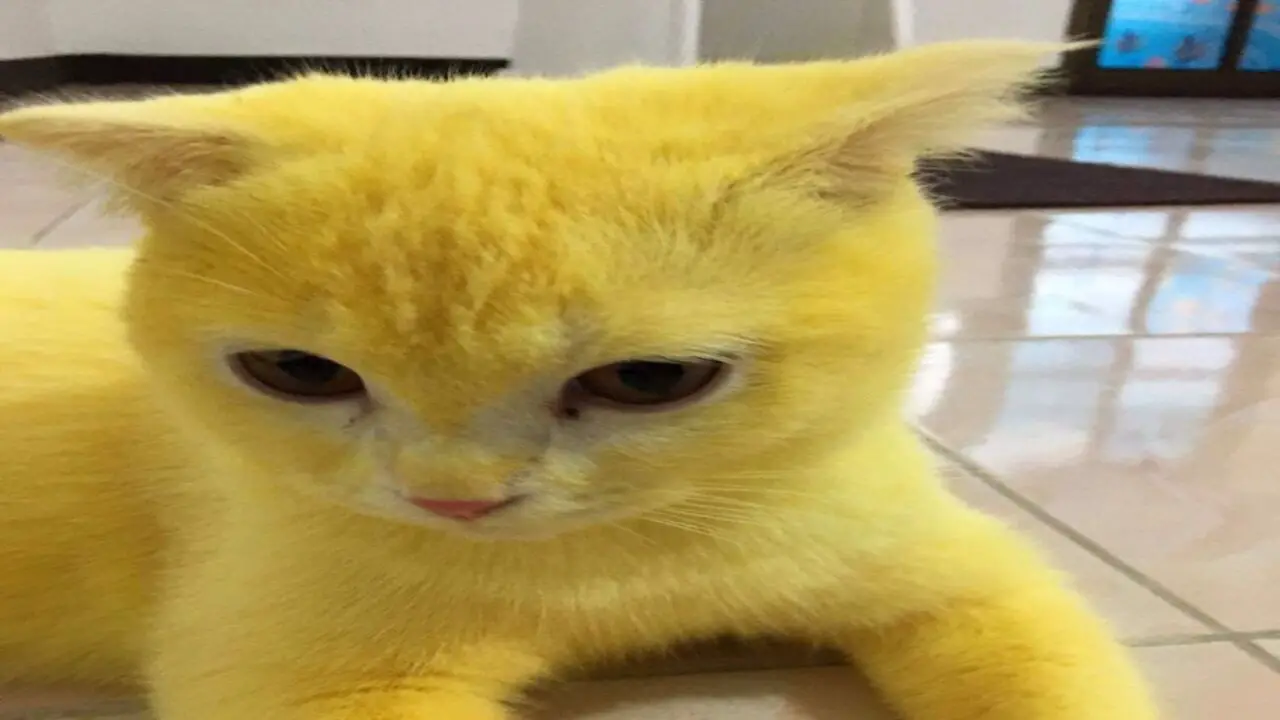
Feline yellowing of the fur is a common problem and can be frustrating. Unfortunately, due to oxidation, the fur can turn yellow. Cats drink a lot of water, and their fur is soaked with moisture. If you notice your cat’s fur turning yellow, it’s time to get them checked out.
Yellowing cat fur and its treatments involve antibiotics, nutritional supplements, and lifestyle changes like diet or exercise regimens. If either of these conditions occurs, the cat’s fur will lose its colour and become dry and brittle. In some cases, yellowing of the fur can also be a sign of a health issue, such as liver disease or failure. Suppose you are concerned about your cat’s yellowing fur.
In that case, it is best to consult your veterinarian to determine the underlying cause and appropriate treatment, especially if your cat exhibits symptoms such as lethargy, vomiting, diarrhea, frequent urination, orange-colored urine, weight loss, or eating habits.
How To Make My Cat’s Paw White?
Making your cat’s paw white may not be necessary for their health or well-being, but if you’re looking to give your furry friend a little extra pampering, there are a few ways to achieve this. First and foremost, ensuring that your cat’s paws are clean and free from debris or dirt is important. Regular grooming can help with this, as can wiping your cat’s paws with a damp cloth after they come in from outside.
If you want to go the extra mile and make your cat’s paw white, use pet-friendly grooming products specifically designed for cats. These products can help to brighten and whiten your cat’s fur, including its paws.
However, it is important to choose safe cat products and follow the instructions carefully. Ultimately, whether or not you decide to make your cat’s paw white is up to personal preference. Remember that the most important thing is ensuring your feline friend is healthy and happy.
Conclusion
The yellow color is not as bad as we thought. It’s a healthy and useful shade for cats. Yellow is a neutral color that does not affect your cat’s mood, but it can make its fur more shiny and attractive. The yellow color will also help them absorb some of the sunlight and help them stay warm during winter. We hope now you understand why cats paws stained yellow.
Regularly trimming your cat’s nails and wiping their paws with a damp cloth can help prevent staining. Additionally, feeding your cat a healthy diet and providing plenty of fresh water can promote paw health. If you’re still concerned about your cat’s paw staining, consult your veterinarian for further advice.
FAQs
What Causes A Cat’s Skin To Turn Yellow?
A cat’s skin can turn yellow, a condition known as icterus or jaundice, due to an accumulation of bilirubin. Bilirubin is a yellow pigment produced when red blood cells break down. Jaundice can occur when there is a problem with the liver, as it impairs the liver’s ability to process bilirubin.
Why Did My White Cat Turn Yellow?
It is unlikely for a white cat to turn yellow. However, if you notice a change in your cat’s fur color, it could be due to various factors, such as staining from environmental factors, diet, or health conditions, such as jaundice.
What Does An Infected Paw Look Like, Cat?
An infected paw in a cat may appear swollen, red, and painful. There may be signs of discharge or pus, and the cat may be limping or avoiding putting weight on the affected paw.
Is It Normal For Cats’ Paws To Change Color?
No, changing color is not normal for a cat’s paws. The color of a cat’s paws should remain consistent unless there is an underlying health issue or injury. A veterinarian should examine any sudden color changes to determine the cause and provide appropriate treatment.
Why Are My Cat’s Paws Stained?
Your cat’s paws may be stained for a variety of reasons. It could be due to dirt or mud they have walked on or from grooming themselves with saliva-stained fur. Certain substances, such as food coloring or chemicals, can also cause stains, especially if your cat is experiencing diarrhea.

Aquarium passion is all about connecting with the aquatic life and providing education to the public on the importance of these creatures. We showcase a wide variety of marine life through our exhibits as well as working with schools to provide unique learning opportunities for students of all ages.

